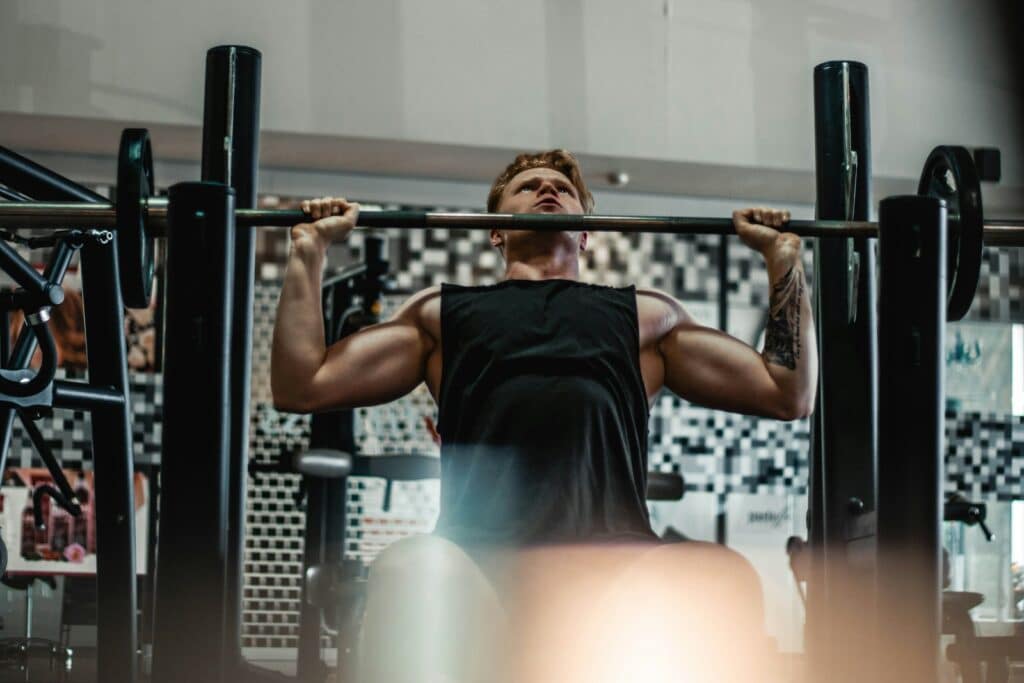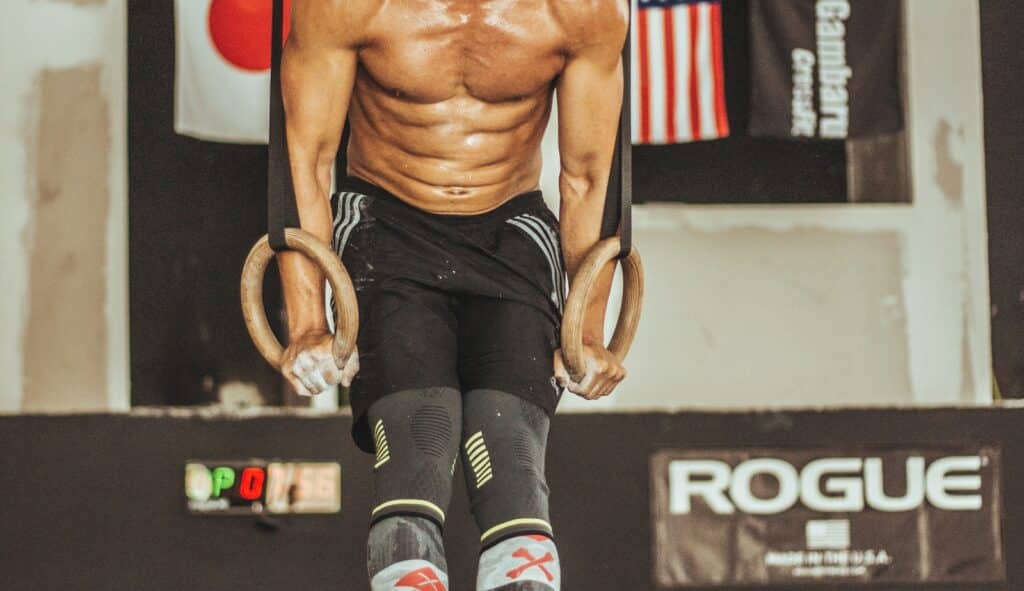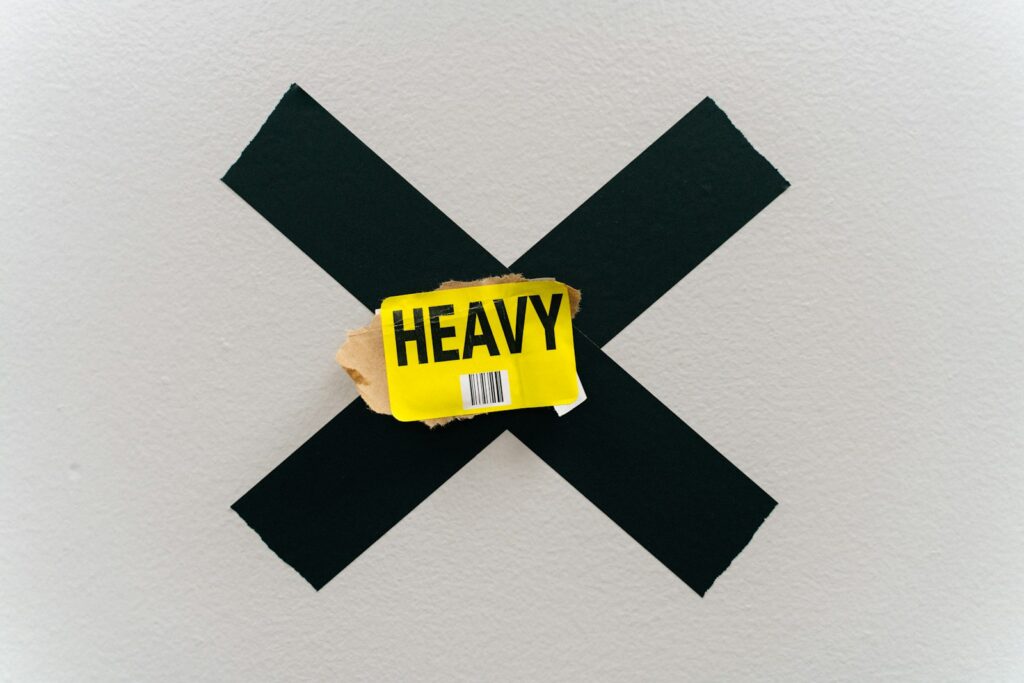Introduction | Two Opposite Training Styles?
“Can you really combine CrossFit and bodybuilding?”
Many people ask this question because CrossFit emphasizes performance and movement efficiency, while bodybuilding focuses on muscle hypertrophy and aesthetics. They seem to aim for opposite goals, but both share the same spirit: training to improve yourself.
CrossFit demands a high level of cardiovascular capacity, muscular endurance, power, agility, and skill. Athletes often complete high-intensity circuits (WODs) that resemble competitive challenges.
On the other hand, bodybuilding is about maximizing muscular development with precise control over form, volume, nutrition, and recovery.
These goals require different physical adaptations. That doesn’t mean you have to choose only one—it just means you’ll need strategy and awareness.
In this post, I’ll share how you can realistically combine both styles and how I’m doing it myself.

Is It Possible to Combine CrossFit and Bodybuilding?
CrossFit and bodybuilding have opposing focuses, so it’s natural to wonder if doing both is possible. The short answer: yes—with smart planning.
Why It Seems Difficult
Different Energy Systems
CrossFit includes both aerobic and anaerobic elements, requiring short bursts of power and long-term endurance. Bodybuilding focuses more on anaerobic stress (hypertrophy training), using a different energy pathway. Trying to excel at both without planning often leads to recovery issues. To explore this topic further, see this resource: here
Hypertrophy vs. Performance Priorities
Muscle growth demands volume and mind-muscle control. CrossFit values consistent movement under fatigue. Without a clear goal, your training can lack direction and lead to underwhelming results in both areas.
Recovery and Training Frequency
High-intensity WODs are taxing on your nervous system, muscles, and heart. Bodybuilding sessions also require sufficient recovery to be effective. You’ll need to manage volume and intensity across both domains.

How to Make It Work
Define Your Priority
You can’t optimize for everything all the time. Clarify your short-term goal:
- Want a more aesthetic physique? Prioritize hypertrophy.
- Preparing for a competition? Focus on performance.
Use Phased Training
My preferred method is periodization:
- 8 weeks of hypertrophy focus (pump-based work + light WODs)
- 4 weeks of performance focus (high-intensity EMOMs, skill work)
This helps you build muscle while preserving the performance skills needed in CrossFit.
My Personal Experience: How I Combine Both
My Weekly Schedule
Monday: Strength training + short WOD (15–20 min)
Tuesday: Zone 2 aerobic (45 min)
Wednesday: Heavy squats, presses, pull-ups (hypertrophy-focused)
Thursday: Strength + WOD (15–20 min)
Friday: Strength + Gymnastics + Zone 2 (45 min)
Saturday: Leg & press hypertrophy session
Sunday: OFF
Balancing Hypertrophy and WOD Days
I never do hypertrophy training and WODs on the same day. WODs spike heart rate and delay recovery. On hypertrophy days, I aim to keep heart rate below Zone 3 to support muscle growth.
Key Points I Focus On
- Rest: 90 seconds between sets on hypertrophy days
- Strict form and consistent muscle tension
- Keeping heart rate in Zone 2 or lower
- Tracking training: sets, focus muscles, intensity, and performance
Since implementing these practices, I’ve noticed better gains in both strength and size.
How to Build Muscle While Excelling in Functional Fitness Competitions
When WODs Overwhelmed My Recovery
During a phase when I was doing 4–5 WODs a week, I felt constantly fatigued. My hypertrophy sessions suffered, and I wasn’t progressing. Cutting back WODs and adding more recovery through Zone 2 cardio changed everything.
When Chasing Weight Led to Injury
I once pushed too much weight in squats and nearly injured my lower back. Since then, I’ve prioritized movement quality over numbers. That mindset shift has helped me stay consistent and injury-free.
FAQ
Does Muscle Growth Hurt CrossFit Performance?
Not necessarily. Hypertrophy can reduce agility or increase fatigue during gymnastics or long WODs. But if you maintain full range of motion and build a strong aerobic base (via Zone 2), muscle growth supports stability and overall capacity.
Is It More Efficient to Focus on One?
If you’re aiming for elite-level competition, yes—focus on CrossFit. But if you want long-term strength and aesthetics, a combined approach is absolutely worth it.
Use phase-based programming: one month focused on hypertrophy, one month on WODs. This creates momentum and avoids burnout.
Is It Okay to Lift After a WOD?
Not ideal, but possible if time is limited. After a WOD, fatigue lowers your form and reduces effectiveness. But you can still do isolation exercises (e.g., leg extensions, lateral raises), high-rep pump work, or a 10–15 minute mini session. Treat it like a bonus—not a full training block.
Conclusion | Functional Muscle is the Best of Both Worlds
Benefits I’ve Felt
- I’m not just bigger—I move better too
- I recover faster, and my training is more consistent
Combining CrossFit and bodybuilding helped me build “usable muscle”—the kind that performs well and looks strong.
If you’ve been struggling to choose between the two, don’t. With smart planning, you can train for performance and physique, and enjoy the best of both worlds.
Give it a try!
—Sho
You might also like this
Maximize Your Strength with Effective 3-Day-a-Week Training Plans


Pingback: Concurrent Training in CrossFit: Gain Strength and Endurance